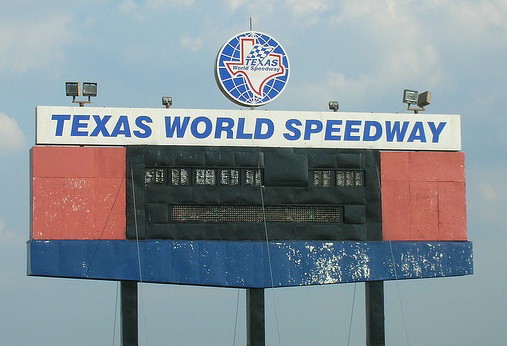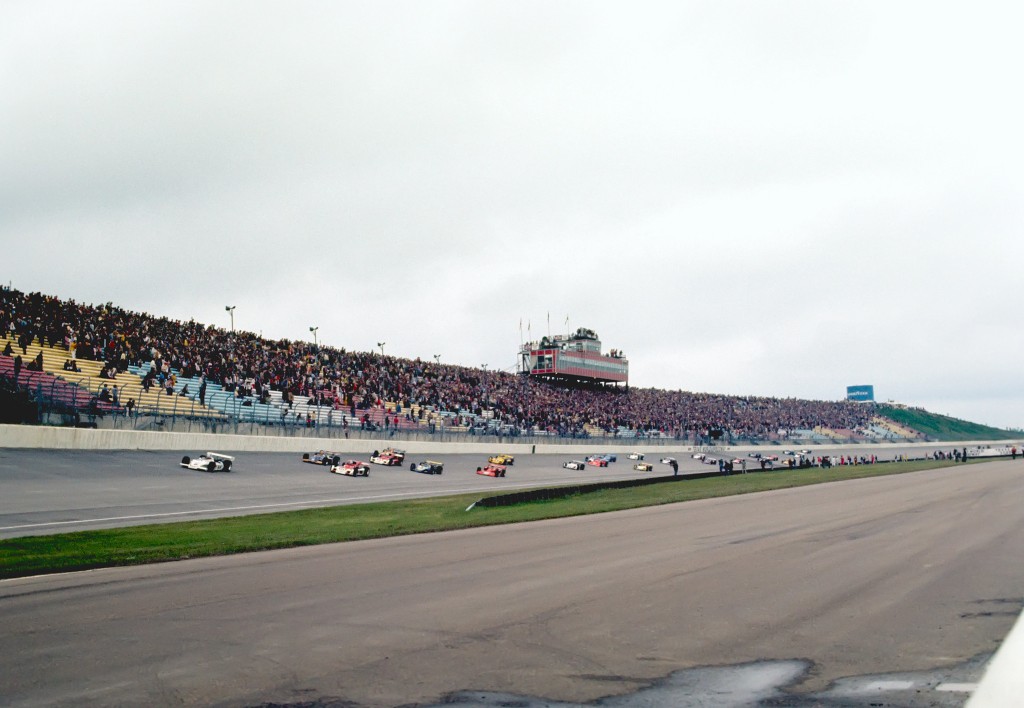Next up is Race #2 on the 2023 Indycar schedule – Texas Motor Speedway. The 36th series race in their 27 year relationship, Texas remains as the only other super-speedway race on the schedule outside of the Indianapolis 500.
Super-speedway races are loosely defined as a larger (1.5 miles or over), higher-speed oval that requires the use of the lower drag and downforce chassis settings, most easily recognized by the wisp of a rear wing, compared to the more common, higher-downforce road/street/short oval wings compared below (graphics from Indycar.com spotters guide):

I think it’s fair to say that Indycar’s relationship with Texas Motor Speedway has been a somewhat tempestuous 27 years and often issues with race formats, safety, and promotion have all-too-easily been spilled into the media. Serious matters should be handled professionally behind the scenes, instead of playing ‘one entity against the other’ publicly, which only sours the fans on both, serving neither’s interests.
Despite the often public wrangling regarding events at Texas Motor Speedway, the series has kept at least one event there each year since the track’s opening for top-level racing in 1997, the longest tenure following Indy for any series venue.
Approximately 200 miles southeast of TMS, and 24 years prior, the state of Texas hosted Indycar racing (through the USAC sanction) at another facility known as Texas World Speedway outside College Station, Texas. Opened in 1969, TWS held 10 USAC Gold Crown/Championship (aka Indy-) Car races from 1973 through 1979.

The track’s original ownership group constructed TWS in 1969, but was in trouble financially as soon as late-1971. While assorted groups worked to keep the facility functional after a complete shutdown in 1974-75, the condition of the racing surface and facility had deteriorated enough by the end of the 1970s that the high-speeds of Indycars were at best, a very questionable proposition. Also at this time, the influence of USAC had waned greatly against the dominance of the upstart Championship Auto Racing Teams (CART) sanction. TWS was eliminated from the USAC/Champ Car schedule and never taken up by CART whose direction involved scheduling more diverse tracks than ovals.
In its time though, Texas World Speedway was a mighty speedway beast and was one of eight American super-speedways at the time joining Indy, Daytona, Talladega, Pocono, Fontana, Ontario, and Michigan. Built closely to the specifics of already popular Michigan International Speedway (MIS), the two-mile, D-shaped oval had bankings in the turns of a higher degree than MIS, making it a hotspot for high-speeds.
As early as the October 1973 race, Mario Andretti, in his qualifying run, set the fastest TWS track time of 33.620 sec = 214.158mph – a speed not even seen officially at Indianapolis until twelve years later when Scott Brayton set a one-lap qualifying speed record of 214.199 at Indy during his four-lap qualifying run. During a one-off private Indycar testing session in 1993, Mario’s time would be surpassed, but the newer times weren’t considered official.

(April 1973 TWS Race – Green flag; (c) Elias555 (via public Flickr album)
Texas World Speedway developed a road course configuration and hosted some sports car racing and club racing through the 1990s-2000s, but was officially shut down and reached its end as a race course in late 2017. Real estate developers purchased the land and ground broken on a new planned residential development in spring of 2018.
As I have started a historical Google Earth folder of former Indycar tracks from 1947 on, you can follow a Google Earth link here to see remnants of the speedway from the image dated 4/1/2022. Speedway turns 1 and 2 are totally gone, nearly all of the road course, and sections of the remaining track are missing. All of the stands and nearly all of the track’s buildings are demolished.
Time marches on, but the short-lived yet impressive records of the Indycar races at Texas World Speedway can be found here at ChampCarStats.com.
In future, I plan to do more recaps of former Indycar tracks, especially ones that no longer exist. Let me know which you’d like to see in the comments below!
